21 Totally Sweet Spider Superlatives
Smallest web
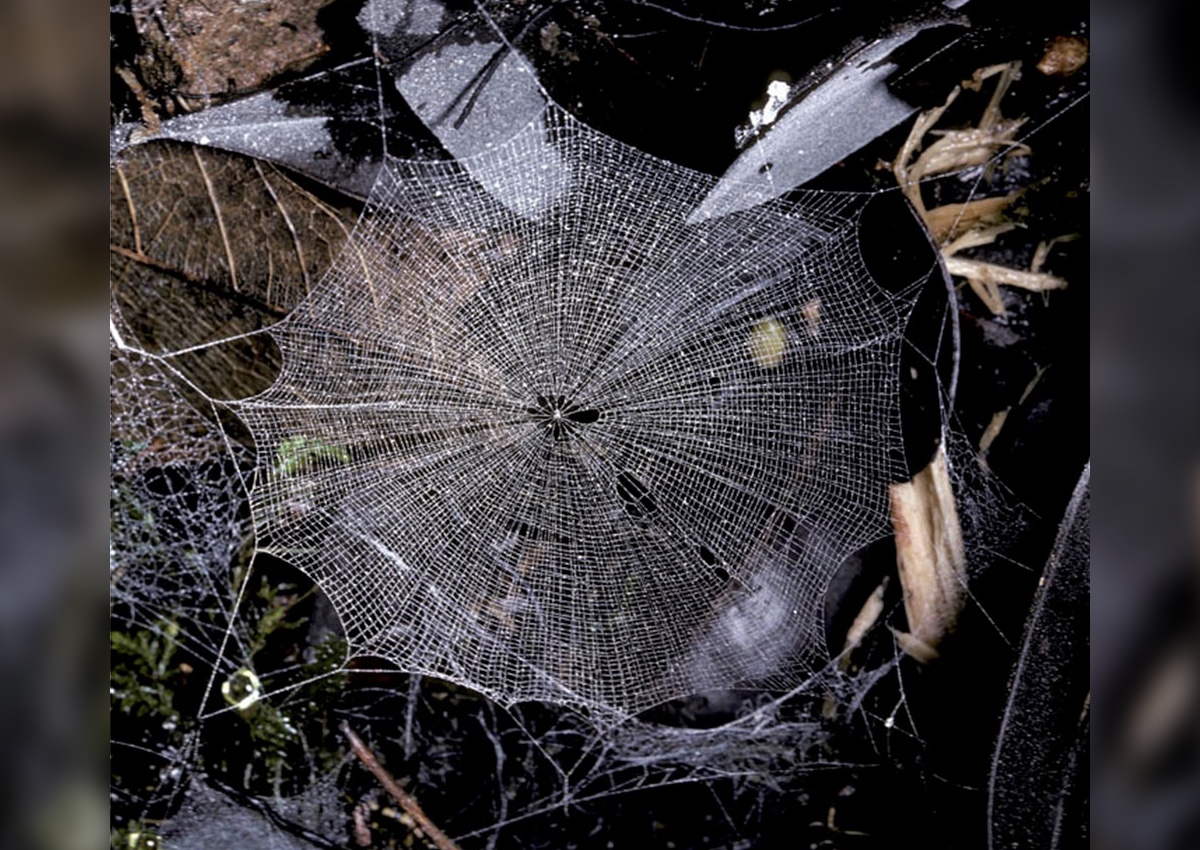
The smallest spiders build the smallest webs. According to Mammola and his colleagues, Symphytognathidae spiders hold the record for smallest webs built. This group includes the probable smallest spider in the world, Patu digua. These spiders weave webs that are less than 0.4 inches (10 mm) wide.
Most dangerous (to humans)
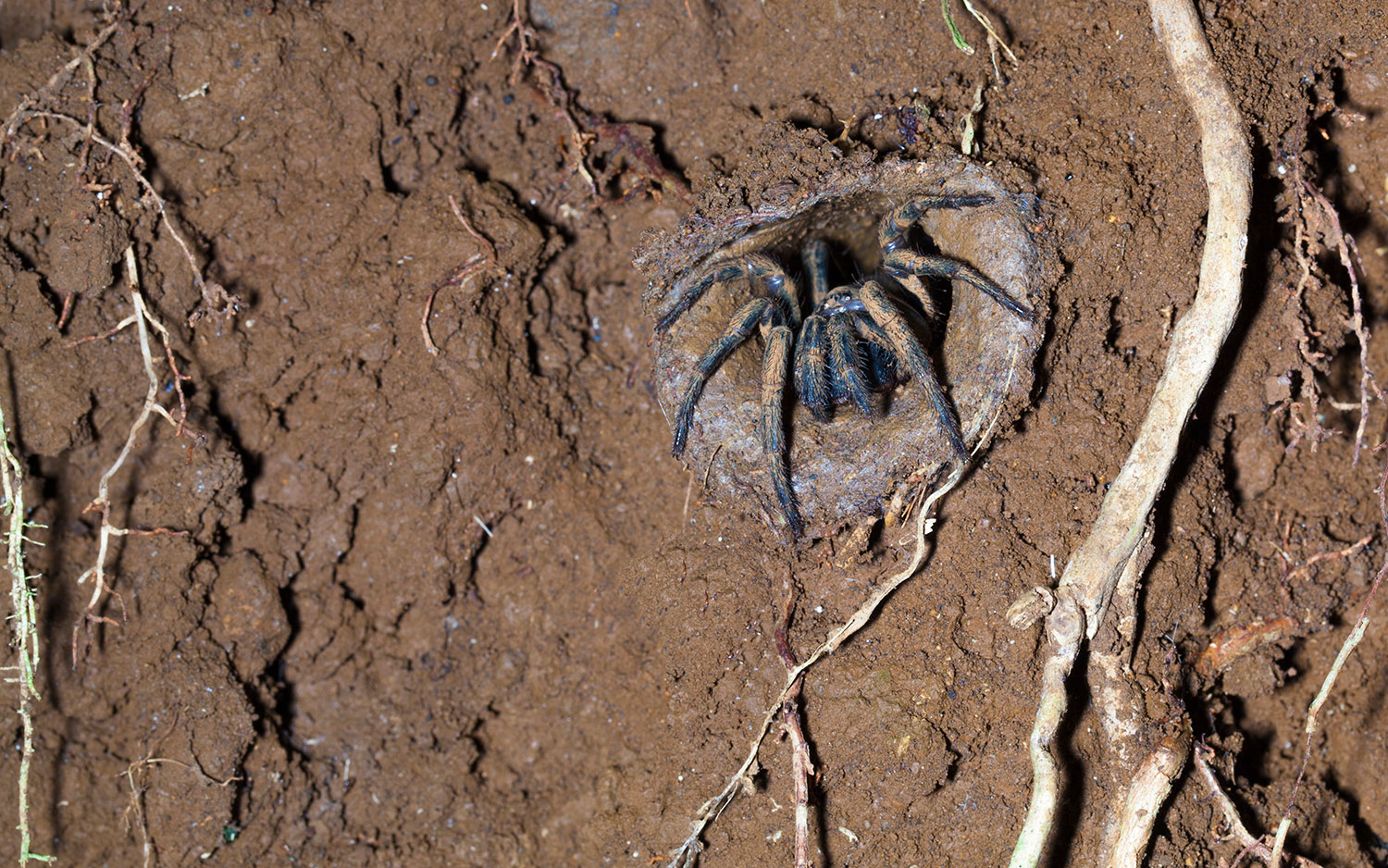
Spiders rarely bite humans. In fact, researchers reported in 2013 that most of the reported spider-bites are actually simple rashes, skin infections or bites from other arthropods. "You really have to work to get bitten by a spider, because they don't want to bite you," the lead author of that study told Live Science at the time.
Still, it'd be wise to steer well clear of the Sydney funnel-web spider (Atrax robustus), an Australian native that can kill a human with a mere 0.2 milligrams of venom per kilogram of the victim's weight. Only about 17 percent of A. robustus bites involve a large injection of venom, though, according to a 2005 review paper; another denizen of Down Under, the Australian funnel-web spider (Hadronyche cerberea) might be more dangerous in reality, as 75 percent of its bites involve big venom doses. The good news is that there is an antivenom treatment for both.
Least venomous
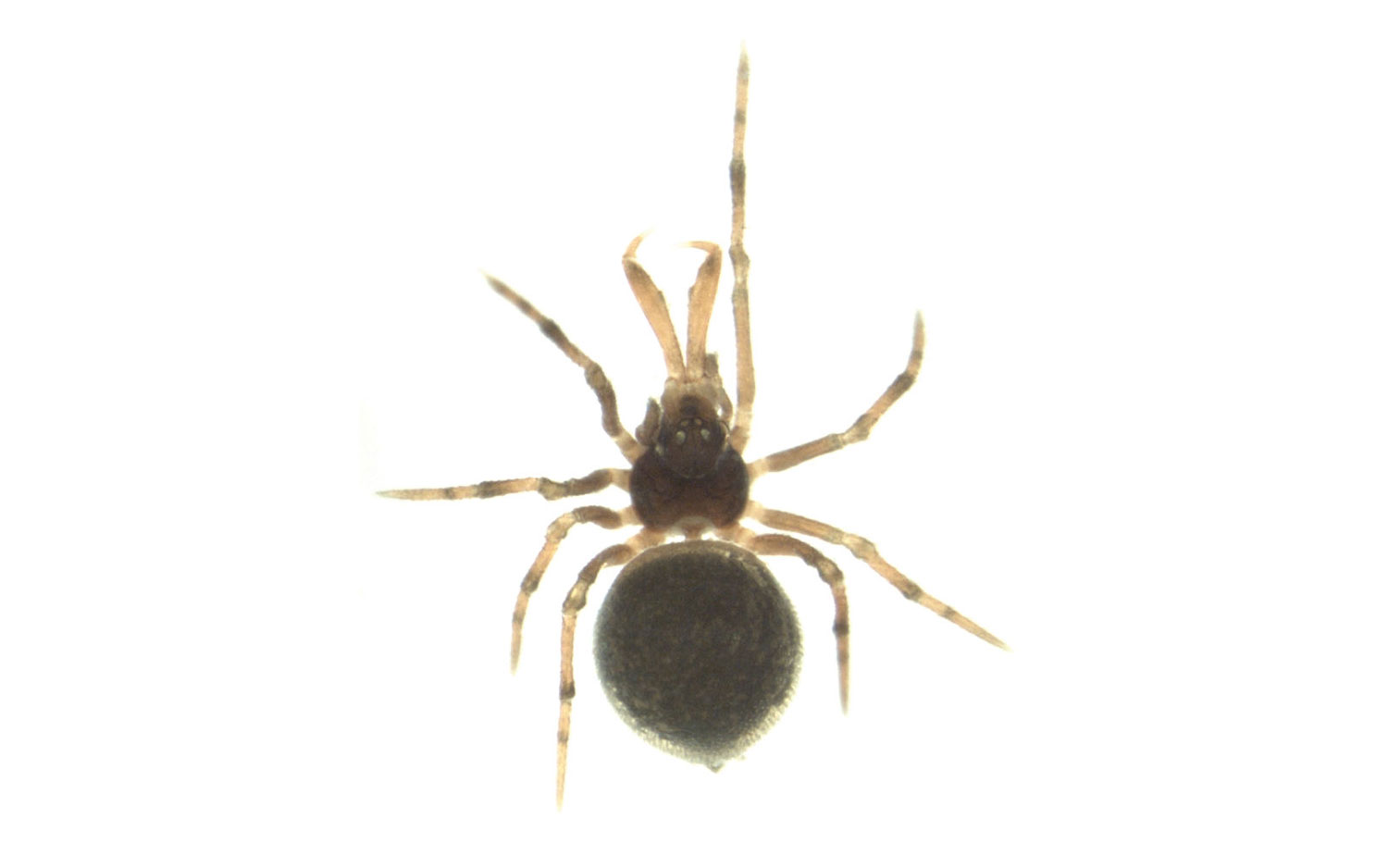
While the vast majority of spiders couldn't hurt a human if they wanted to, most still boast venom for subduing prey. The exceptions are two spider families: Holarchaeidae and Uloboridae. According to Mammola and his co-authors, Holarchaeidae spiders (there are only a couple known species) have venom glands, but there is no opening in them, making them essentially vestigial. Uloboridae, or hackled orb weavers, puke digestive enzymes all over their prey to digest them instead of injecting them with venom.
Shiniest
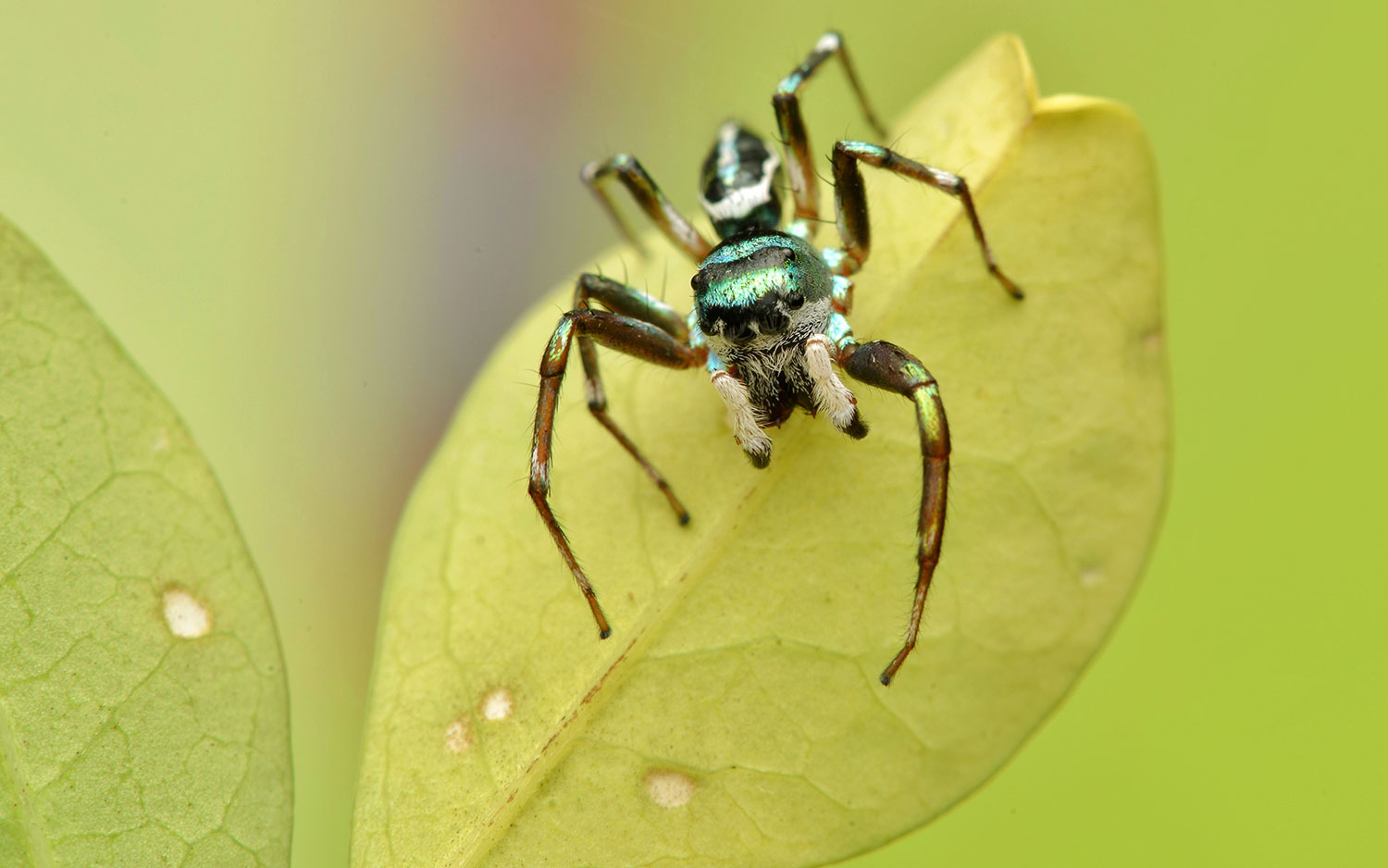
The crab from Disney's "Moana" has nothing on the jumping spider Cosmophasis umbratica. Females of this tropical spider species are rather plain, but males are dressed to the nines. Their black, white and yellow markings all reflect ultraviolet light. In other words, they're the living version of one of those velvet blacklight posters that were so popular in the 1970s.
Scientists have found that the intensity of a male C. umbratica's shine communicates something to females about his quality as a mate. The shine is risky, though; researchers have also found that predators, such as the jumping spider Portia labiate, cue in to the ultraviolet reflections when pouncing on their prey.
Longest-living
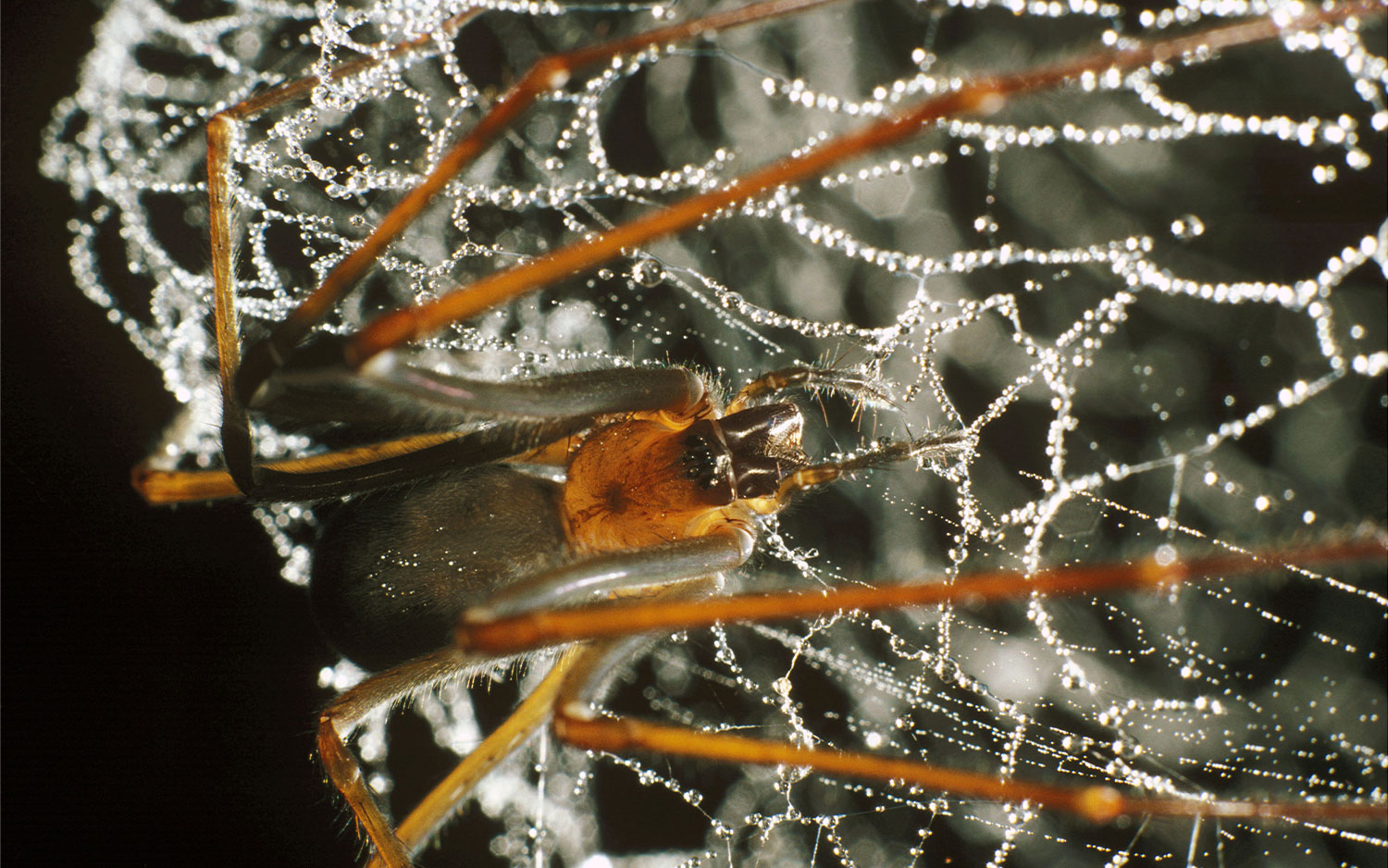
It's rare to track a given spider throughout its life span, but at least one Australian arachnid lived to an impressive 43 years of age. The spider, a trapdoor spider (Gaius villosus), which unwittingly participated in a research project that started in 1974, probably died when a parasitic wasp broke into her burrow, scientists reported in May 2018.
While Number 16, as scientists knew her, was the longest-living spider individual, different species usually get credited as the most likely to reach retirement age. Hickmania troglodytes, the Tasmanian cave spider, likely lives for multiple decades, and some tarantulas make it to age 30 in captivity.
Most eggs
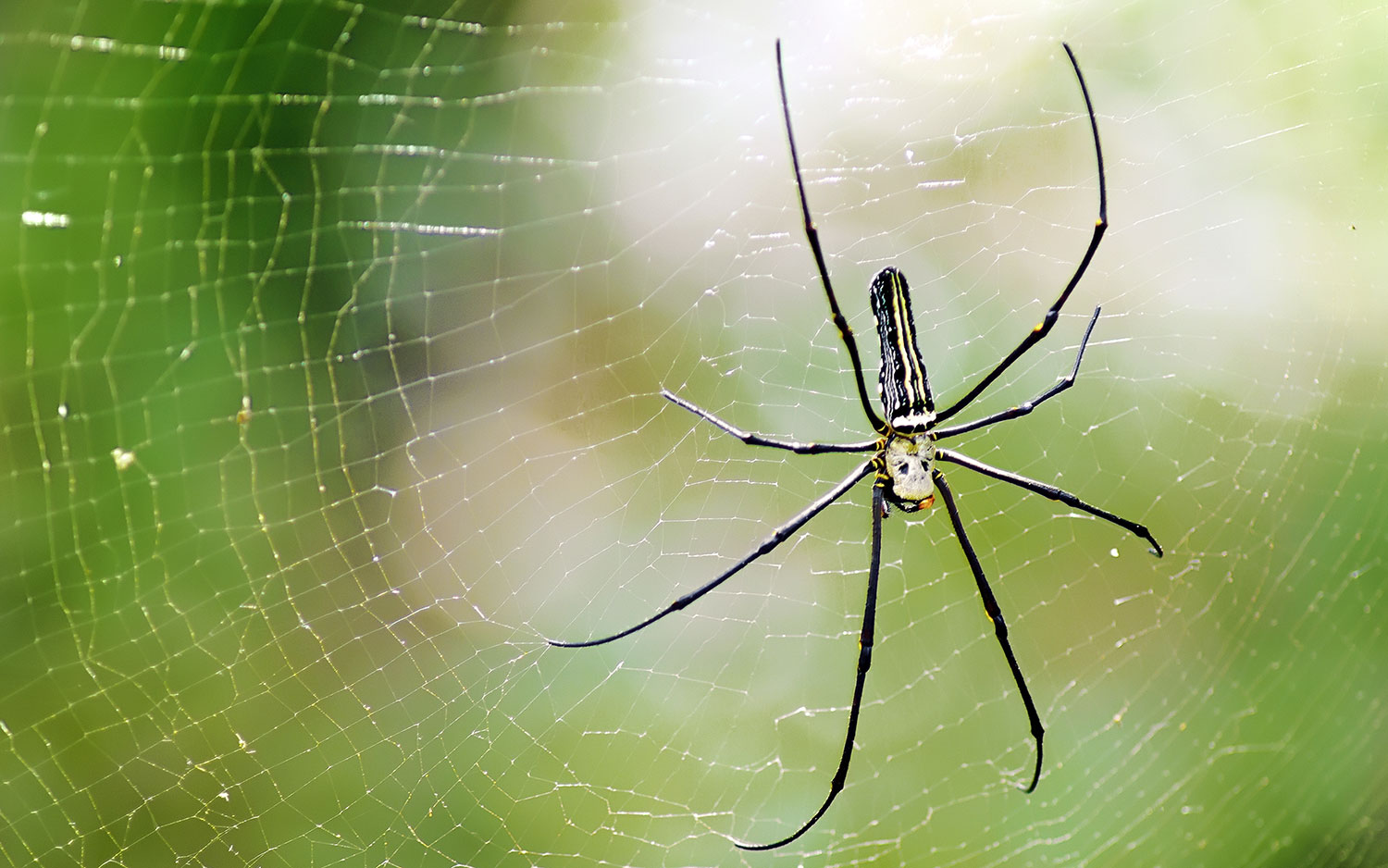
Not to haunt your dreams or anything, but the spider Nephila pilipes can lay more than 3,000 eggs at once — perhaps as many as 9,700, according to a 2002 paper in the journal Oikos. The largest egg mass sampled in that study weighed a quarter of an ounce (6.9 grams). That's the weight of a standard packet of bread yeast, for comparison's sake.
The very fecund spider at hand is a golden orb-web spider found in Asia and Australia. The males grow to only about 0.2 inches (5 mm) in body length, while those egg-laying females can be nearly 2 inches (50 mm) long.
Fastest attacker
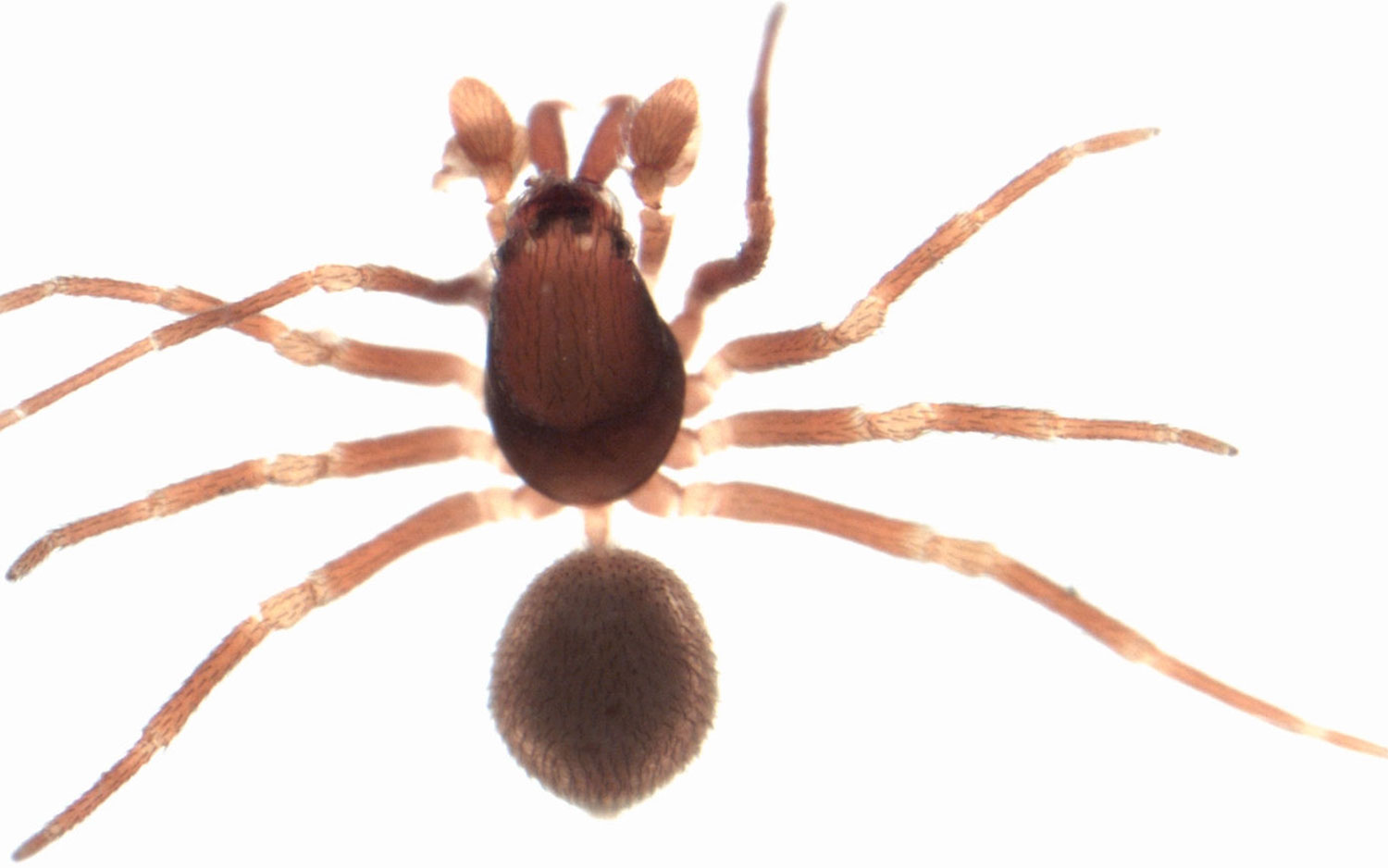
Trap-jaw spiders are tiny, but deadly. Their chelicerae, the little claw-like appendages by a spider's mouth, are capable of snapping shut on prey in a fraction of a second. The fastest recorded, a species of Zearchaea, completed its attack in a stunning 0.00012 seconds. (It took high-speed videography to even see what was happening.)
Trap-jaw spiders, known scientifically as Mecysmaucheniidae, live in New Zealand and South America. They get their jaw power from adaptions in their muscles and muscle attachments that essentially make their jaws act like a coiled spring, poised to explode with energy when triggered.
Fussiest spider
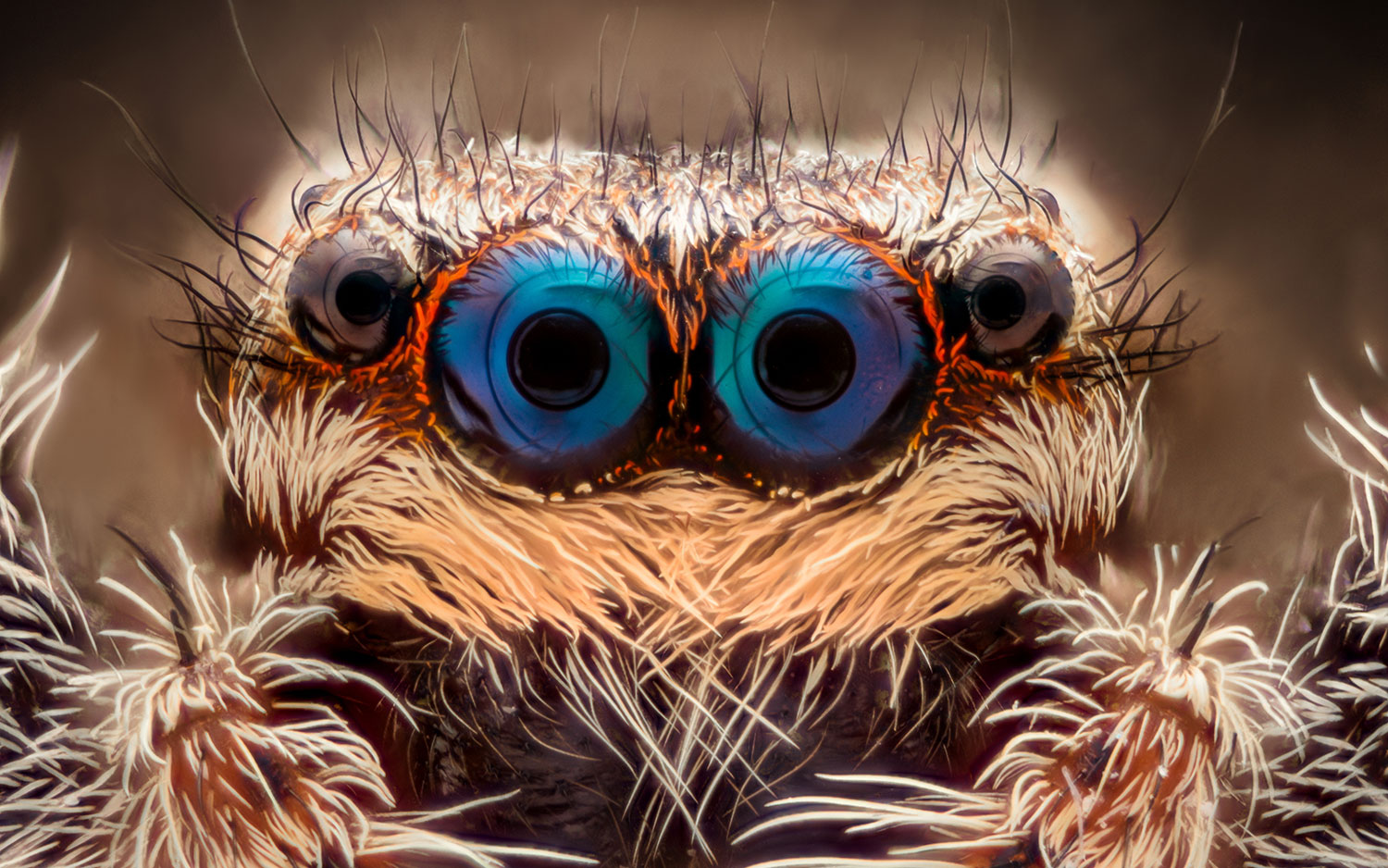
Evarcha culicivora is probably the pickiest eater of the spider world. This jumping spider from East Africa prefers to chow down only on female mosquitoes that have recently drunk their fill of blood.
This preference for a meal with a meal inside has made E. culicivora quite interesting to scientists, because blood-feeding mosquitoes from the genus Anopheles are the vector for the spread of malaria, which kills more than a million people each year. Some researchers have suggested that the spiders might be one way to control the population of Anopheles mosquitoes.
Coldest-living
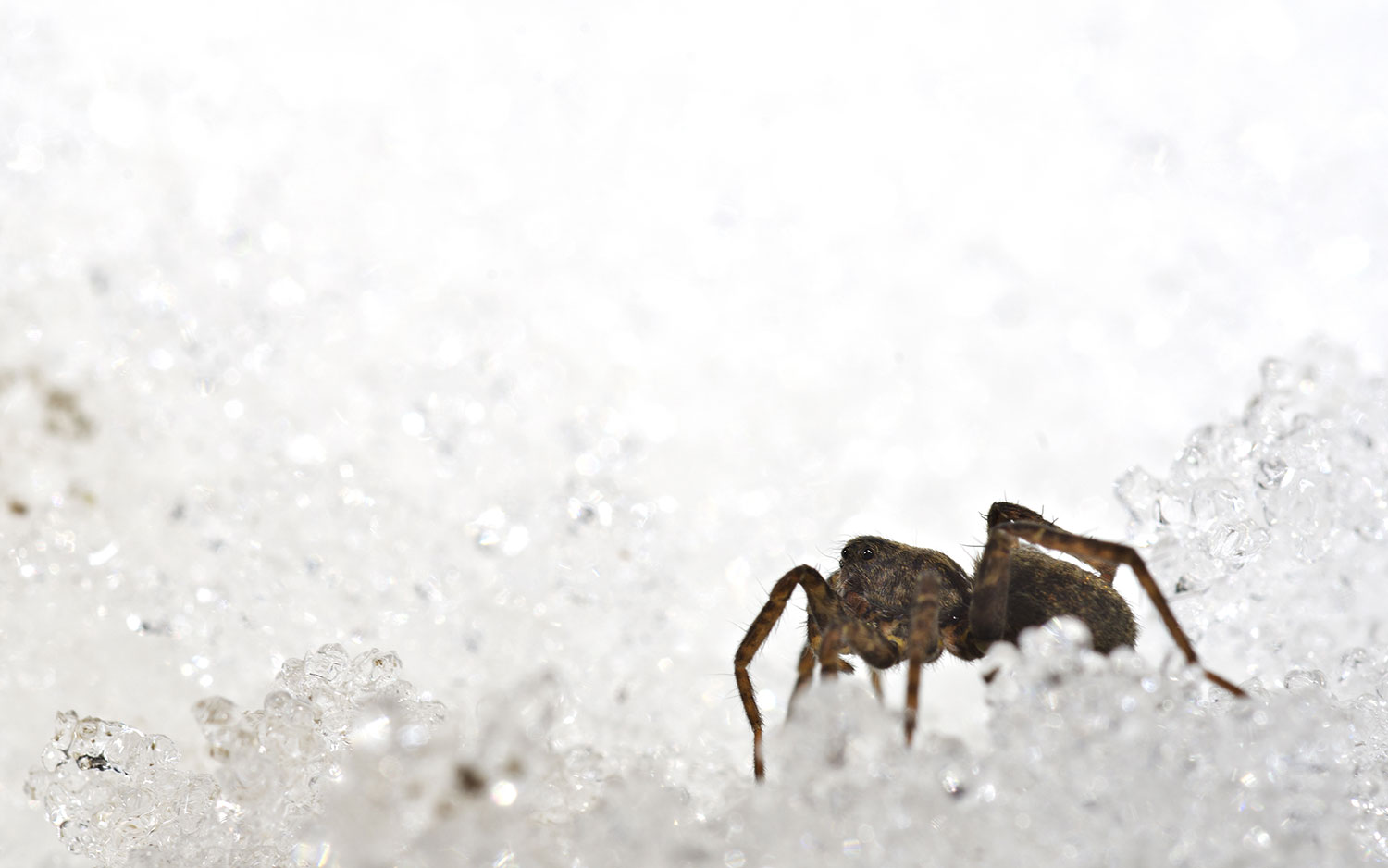
It doesn't seem possible that much of anything lives in Oymyakon, Russia, much less spiders. But 55 different species call this tiny, insanely frigid town home. Oymyakon is barely south of the Arctic Circle and is the site of the coldest temperatures ever recorded outside of Antarctica. In 2013, the town's weather hit negative 98 degrees Fahrenheit (negative 72 degrees Celsius), its official low. In January 2017, USA Today pointed out that the temperature in Oymyakon at the time was down to negative 88 F (minus 67 C), which is colder than the average temperature on Mars.
The spiders that live in Oymyakon are hardy steppe and forest species, according to a 2004 paper in the journal Arthropoda Selecta. They are typically rather unassuming-looking creatures like Arctella lapponica, a little brown spider also known as a meshweaving spider, or Philodromus alascensis, a spindly species that is part of a family known as the running crab spiders.
Weirdest
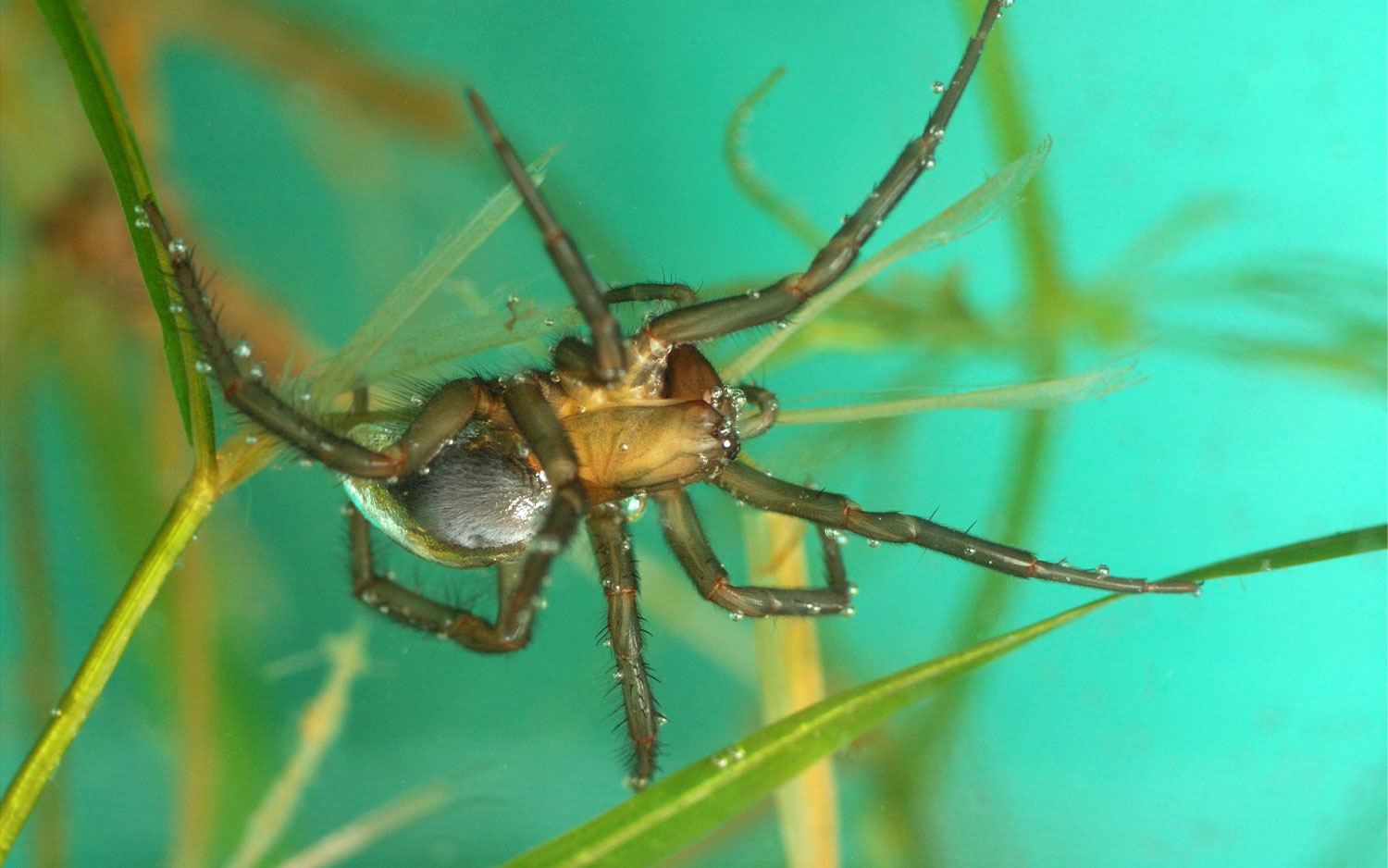
Mammola and his colleagues crowned Argyroneta aquatica the spider species with the strangest habitat, but we're feeling confident in calling this spider the weirdest all around. Better known as the diving bell spider, A. aquatica is the only spider to live a completely aquatic lifestyle.
The spider breathes underwater thanks to special hairs on its abdomen that repel water and trap air, making it possible for the spider to swim without drowning. It also creates a "diving bell" out of spider silk and air bubbles from the surface, which provides a safe base of operations underwater. These two adaptations allow the spiders to hunt small fish and underwater invertebrates, molt, mate and lay eggs, all underwater, according to a 2011 paper in the Journal of Experimental Biology. Within days of emerging from their eggs in their mother's diving bell, hatchlings head out into the world, spinning tiny new diving bells of their own.
Sign up for the Live Science daily newsletter now
Get the world’s most fascinating discoveries delivered straight to your inbox.

Stephanie Pappas is a contributing writer for Live Science, covering topics ranging from geoscience to archaeology to the human brain and behavior. She was previously a senior writer for Live Science but is now a freelancer based in Denver, Colorado, and regularly contributes to Scientific American and The Monitor, the monthly magazine of the American Psychological Association. Stephanie received a bachelor's degree in psychology from the University of South Carolina and a graduate certificate in science communication from the University of California, Santa Cruz.










